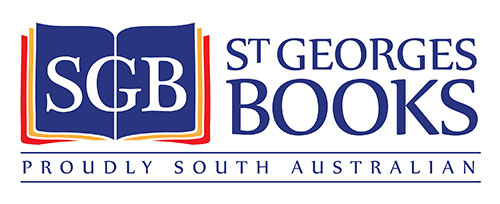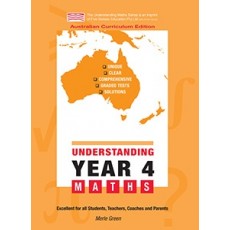Understanding Year 4 Maths: Australian Curriculum Edition
Edition:
1
ISBN:
9781741307931
Publisher:
FIVE SENSES EDUCATION
Published Date:
Price:
$32.95
| This book provides a structured and clear interpretation of the Australian mathematics curriculum, detailing what a child is required to know by the end of Year 4. It covers the syllabus topic by topic, explaining what is to be taught and how it is being taught in Australian classrooms. It is a comprehensive, well-presented and easy to understand book which provides an ideal reference for parents to consult when they wish to provide assistance in supporting the development of their child's mathematical understanding. The Australian mathematics curriculum caters for the acquisition of basic concept skills and processes. It contains three content strands, each divided into a number of sub-strands or topics, which set out what needs to be learnt. ‘The Number and Algebra’ and ‘Measurement and Geometry’ strands each have 4 sub-strands, and the ‘Statistics and Probability’ strand has been divided into 2 substrands. Entwined with these are the four proficiency strands of Understanding, Fluency, Problem Solving and Reasoning, which determine how the content is studied and developed so that mathematical learning and understanding continue to progress over the years. It is most important for a child to be aware that each sub-strand is not an isolated topic but is interrelated with the others, and also with other subjects, for example, Science and Geography. Technology such as computers, touch pad applications and calculators should be utilised as an aid, when appropriate. In Year 4, the emphasis is on mathematical experiences that are meaningful in real life. These experiences should build on learning acquired from Kindergarten through Year 3. Students should be encouraged to select appropriate procedures in problem solving, to justify and give reasons for their choice, and to assess the reasonableness of their answers. Each day of our lives, we use many mathematical concepts and processes, usually without our realising that we are doing it. We constantly have to solve problems which require mathematical thinking whether spatial, involving manipulating numbers, or needing an understanding of measurement in one form or another. The over-riding aim of the Australian curriculum is to develop confident students who are able to use their knowledge and understanding of mathematics effectively and efficiently in their everyday lives, regardless of where they live. |


